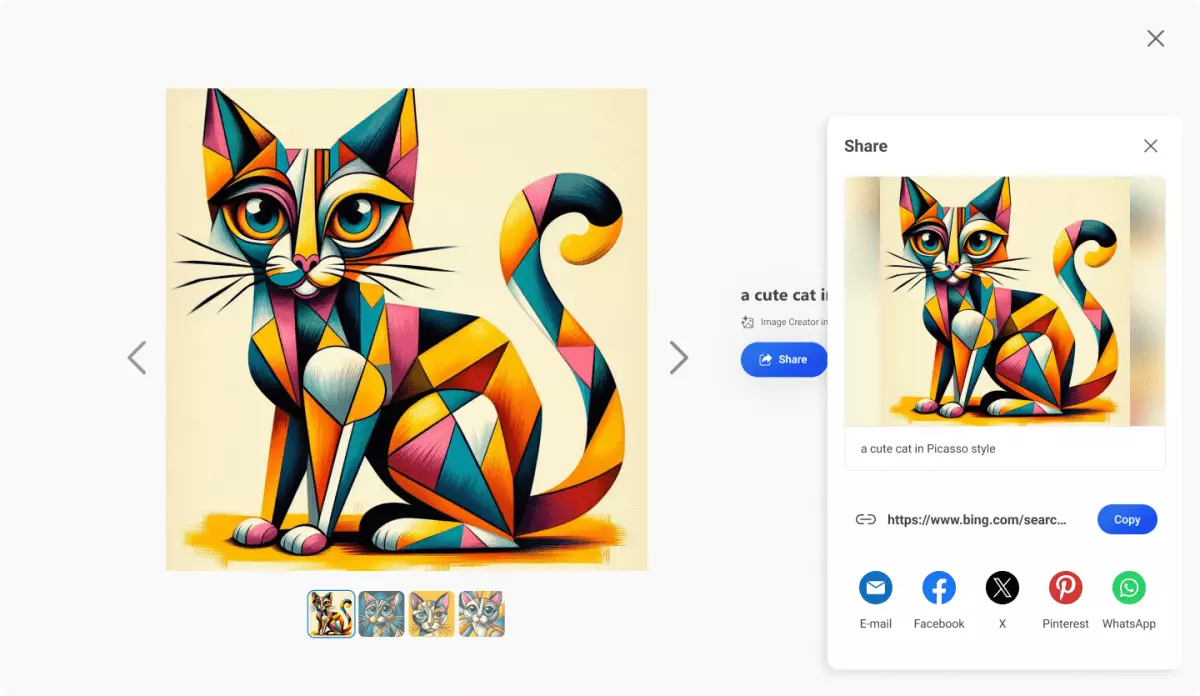As the holiday season approached, Microsoft announced an upgrade to the AI model powering Bing Image Creator, an AI-driven image editing tool integrated into its search engine. This upgrade was touted as a significant leap forward, utilizing OpenAI’s latest DALL-E 3 model, internally called “PR16.” Microsoft assured users that they could expect faster image generation—twice as quick—as well as higher-quality outputs. However, this promise quickly unraveled as users took to social media platforms like X and Reddit to express their frustration.
Feedback from users was immediate and overwhelmingly negative, with many feeling disappointed by the lack of quality in the newly generated images. Posts lamented the loss of the previous model, with comments like “The DALL-E we used to love is gone forever” surfacing from disappointed users. The sentiment was palpable: many had transitioned to using other creative tools, such as ChatGPT, citing that Bing had lost its appeal entirely.
The intensity of the backlash compelled Microsoft to respond promptly. Jordi Ribas, the head of search at Microsoft, acknowledged the issues and announced that the company would revert to the previous DALL-E 3 version, known as PR13, until they could address the technical problems causing user dissatisfaction. He explained that the transition back to the old model would take time, potentially lasting two to three weeks.
Nevertheless, the delay in resolution only fueled the impatience among users. Many felt that a slower deployment process was not an excuse for the drop in quality, leading to the question: how could an upgrade intended to enhance user experience end up leading to such disillusionment?
Delving into the root of the discontent reveals a broader pattern of issues linked to AI model updates. The response from users provides anecdotal evidence, but analyzing these experiences signals deeper flaws in Microsoft’s processes. Reports indicated that images generated by PR16 appeared less realistic and lifeless compared to their predecessors. Observations from critics pointed out a loss of detail and polish, often leading to a cartoonish aesthetic that many found unsatisfactory.
Several users even drew parallels between Microsoft’s struggles with Bing Image Creator and previous issues encountered by other tech giants, such as Google. Earlier this year, Google had to halt its AI chatbot Gemini’s image generating capabilities due to complaints about historical inaccuracies. These incidents illustrate a crucial lesson in the deployment of AI models: the importance of aligning internal benchmarks with public expectations.
It’s necessary to interrogate how companies like Microsoft establish quality metrics for their AI models. According to Ribas, the testing indicated that PR16 had marginally improved quality on average over PR13. However, this internal benchmarking often seems disconnected from user experience and sentiment. When a model fails to resonate with the end-user, the subjective measures of quality—like realism and detail—cannot be overlooked.
The sudden backlash against the changes to Bing Image Creator highlights that user experience holds paramount significance. The reality is that technical improvements, when not informed by user understanding, can lead to the opposite of the intended outcome. As users increasingly expect high-quality, realistic imagery, AI models must not only meet internal standards but also resonate with user expectations.
Microsoft’s abrupt shift in the quality of Bing Image Creator calls for a thorough evaluation of AI development practices. The events surrounding the PR16 upgrade serve as a valuable reminder: in the ever-evolving landscape of artificial intelligence, developers must remain vigilant about the expectations and experiences of the users who rely on their technology. As Microsoft reverts to the older model, it underscores the importance of developing AI tools that don’t merely emphasize technical benchmarks but genuinely enhance user experience. The road ahead for Bing Image Creator—and indeed all AI-powered tools—requires a more user-centric approach, embodying the promise of technology to not just keep pace, but excel in creative landscapes.

